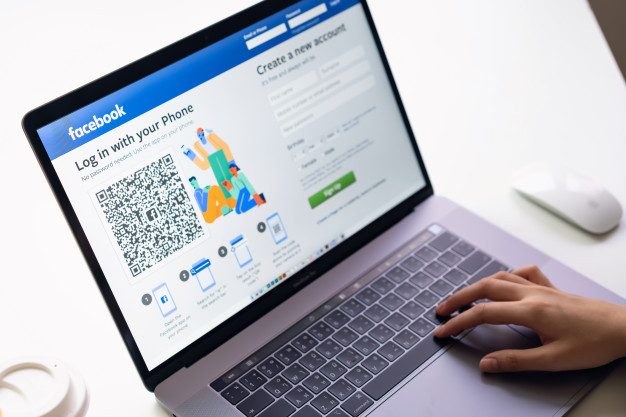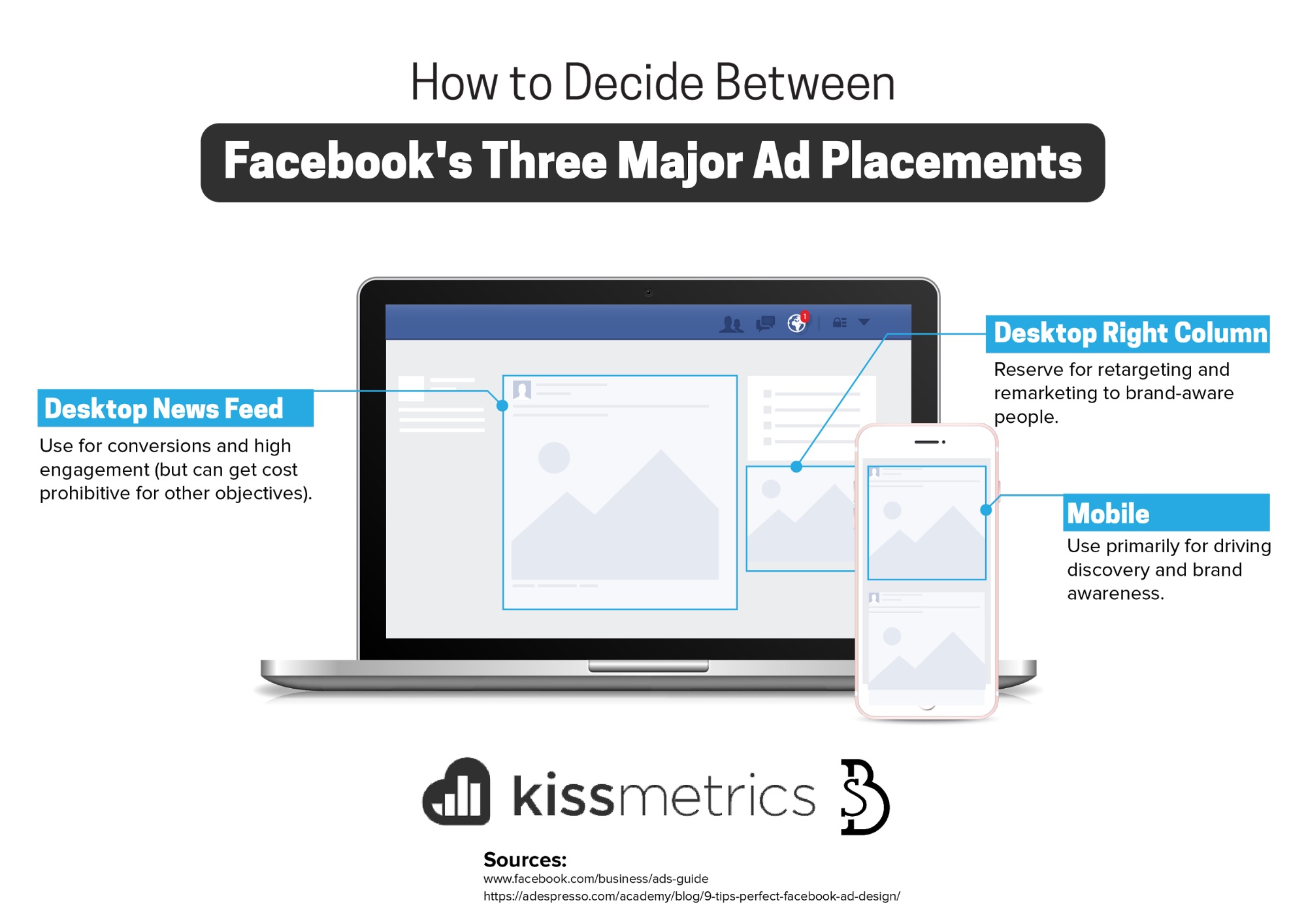Keep reading to know the cost of running Facebook ads.
3. The Quality Level and Relevance of Your Ad
Think of those “in your face,” shouted, annoying ads you often get to endure on television. They annoy you there, but there is a bit you can do about it apart from changing the channel from the program you want to watch. Things are different online. If Facebook bombards you with annoying low-quality ads, you can shut Facebook down and move to another webpage with little thought or concern.
Facebook does not want that. So they discourage ads that seem to have poor quality.
Facebook doesn’t ban poor ads outright, however, it adds a cost premium, lowering their weight in the Facebook ad bidding process.
Facebook gives you a Relevance Score from 1 to 10 for every ad you run on this platform. This is a guide as to the way relevant it believes your ad is for the targeted audience (10 being highly relevant). The higher your relevance score, the lower the cost you will spend to place your ad. You can see your Relevance Score in your Facebook Ads Manager. It is worth taking note of this, to give you a guide to help you improve your ads in the future.
Your relevance score is fluid. It changes whenever people interact in either a positive or negative way with your ad.
Click-through rate also affects your relevance. The more people click on your ad, as a proportion of impressions, the more Facebook thinks your ad relevant to your audience.
Facebook creates an Estimated Action Rate. This is their best guess of the likelihood that a particular person will take the action you are optimizing for with your ad.
If Facebook tries to decide how relevant your ad would be to a particular person, it will look at that person’s past behavior. For example, if your target is for a person to click on your ad, Facebook analyzes people to see whether they have clicked on ads like yours in the past.
4. Seasonal Factors
Sometimes the cost of running Facebook ads will depend on the behavior of others. There are times of the year when there is a massive demand by businesses to run Facebook advertisements. Conversely, there are quiet times of the year. Like all advertising markets, the cost of advertising will increase in the times of peak demand, and decrease in the quiet moment when Facebook wants to encourage you to run advertisers.
These would same as business’ seasonal times. Your peak sales times, will most likely also be peak sales times for your competitors. Therefore, you will all need to advertise at the same time.
In particular, expect to pay more money if you want to advertise for:
- Thanksgiving Day (in the USA)
- Black Friday / Cyber Monday
- Christmas
- Boxing Day Sales
- New Year’s Eve and Day
5. Ad Placement
Facebook makes it clear that ad placement impacts your overall cost of running Facebook ads. They offer you the following areas for ad placement, and they recommend that you let them place your ads in all of these places to decrease your average cost:
- Facebook desktop News Feed
- The Facebook desktop right column
- Facebook mobile News Feed
- Instagram Mobile News Feed
- Audience Network
- Messenger
You will, of course, want to make sure that your audience uses Instagram and Messenger before you agree to your ads being placed there.
Different Bidding Options
Once you set a bid for your ads, you can base it on many possible options:
- CPC – Cost per Click – you pay each time somebody clicks on your ad, regardless of what they do once they have clicked
- CPM – Cost per 1000 Impressions – you pay an amount for every 1,000 people who see your ad, no matter that they click on it or not
- CPA – Cost Per Action – you select a particular action (a conversion) you want, and you pay every time somebody performs that action. For example, you might pay for every person who clicks through to sign up to your website as a result of a Facebook ad
- CPL – Cost per Like – you pay every time somebody likes your Facebook page
As the different measures result in varying actions, there will naturally be quite a variation between the different numbers. You would expect there to be more impressions than clicks so the price will show that. Similarly, as conversions are rarer than either clicks or impressions, you would pay more money for a CPA bid.
Optimizations
Facebook gives you the chance to focus your campaign on some common optimizations. Each of these automatically optimizes your campaign for a particular bidding option and purpose.
- Conversions – Facebook targets your campaign at people they believe will complete your desired conversion. In this case, they assume that you will pay money using CPM
- Impressions – Facebook targets your ad to a broad audience, and charges you in CPM
- Link Clicks to Your Website – Facebook chooses people they believe are most likely to click through to your website. They charge CPC.
- Daily Unique Reach – Facebook focuses on delivering your ads to people up to once per day – charging you in CPM.
Key Metrics That Show You Whether Your Ads Are Worth It
When it comes to determining how “good” or “bad” the cost of your Facebook ads are, you should look at your return on investment (ROI) and cost per action (CPA). This assumes you have the cash flow to pay your Facebook ad bills, which is where your budget figure needs to be realistic and manageable.
For an ad to be effective, the ROI should be higher than the CPA. Suppose your ads send people to a landing page, where they purchase your product. Obviously, you need the additional sales made through that landing page to exceed the cost of the Facebook ads that send them to the landing page.
The more you can do to reduce the cost of your ads the higher your ROI should be.
In many cases, though, a Facebook advertising campaign aims higher up the funnel, rather than trying to get sales. In this case, it can be more difficult to determine the “income” generated by an ad. You should be more interested in your “Social ROI” – the number of social engagement you get from your ad in relation to your investment.
Naturally, every firm will have a different level of Social ROI they consider to be acceptable. Perhaps the most simple way is to compare the Social ROI from one campaign with the Social ROI from a previous campaign.
For example, you might pay $100 for a campaign. As a result, people may give you 120 likes, 50 comments, and 30 shares. In this case, you receive 200 engagements for your $100, a Social ROI of 50 cents.
Of course, you may consider some kinds of engagement more valuable than others, and weight them accordingly in your calculations.


